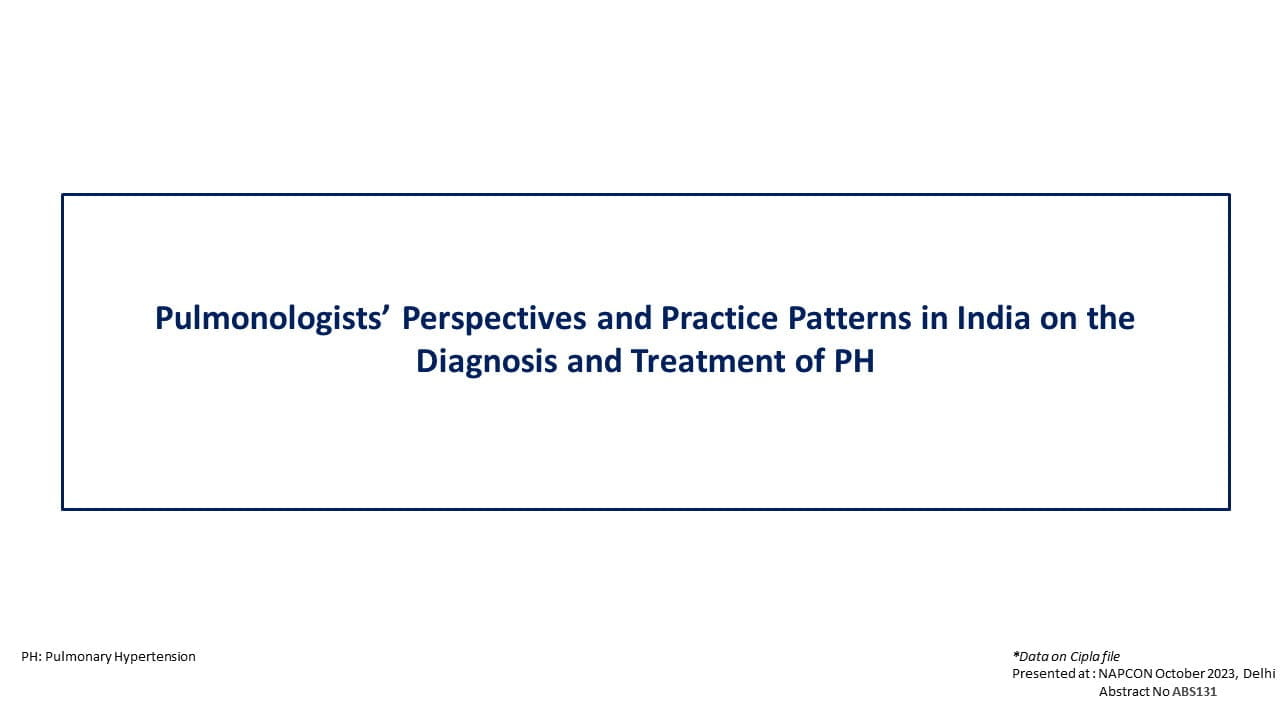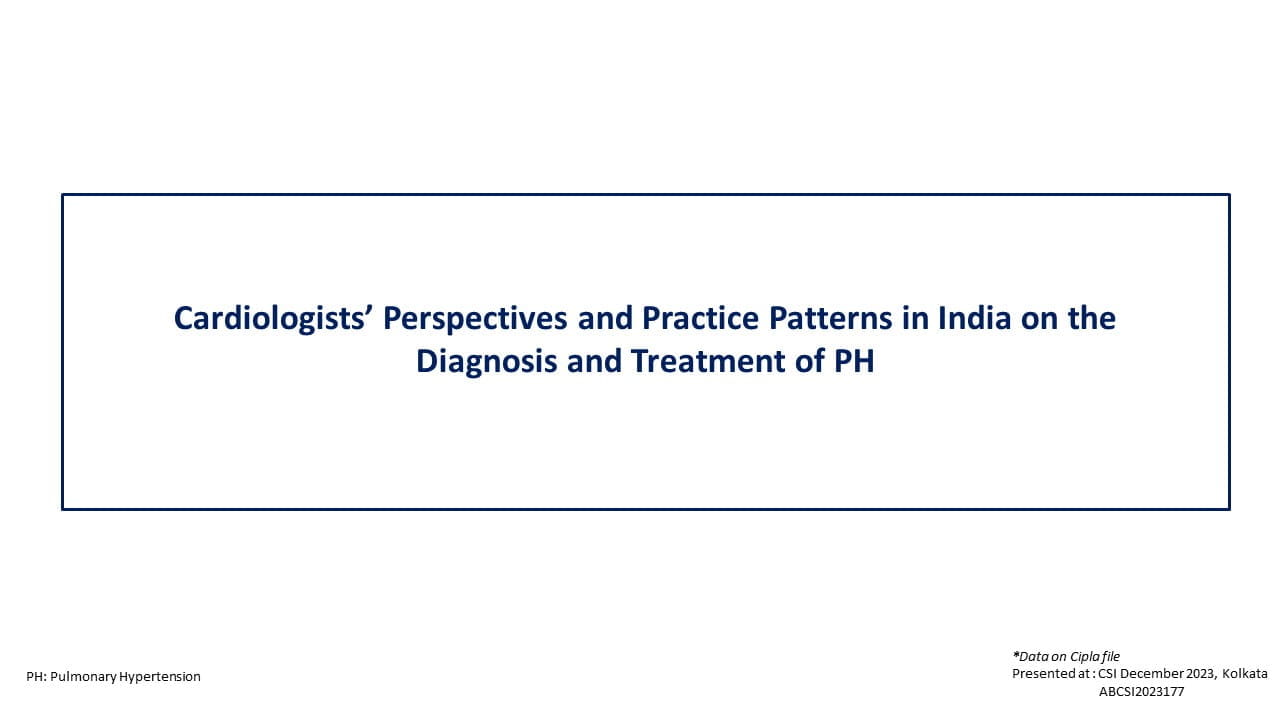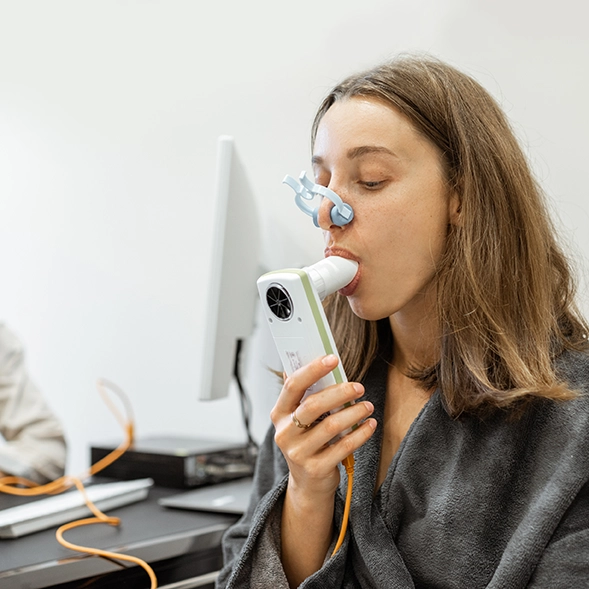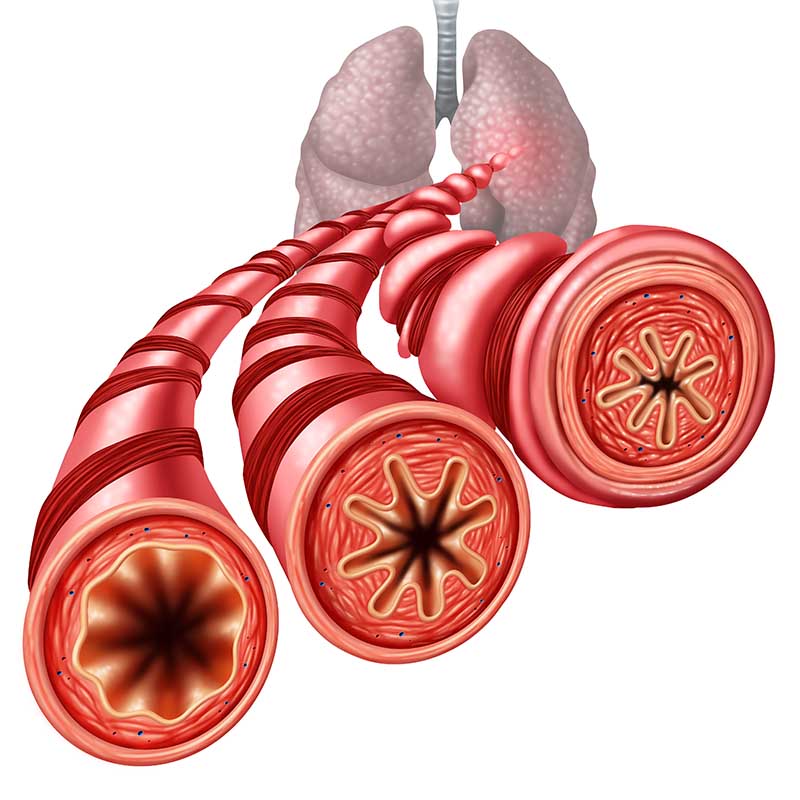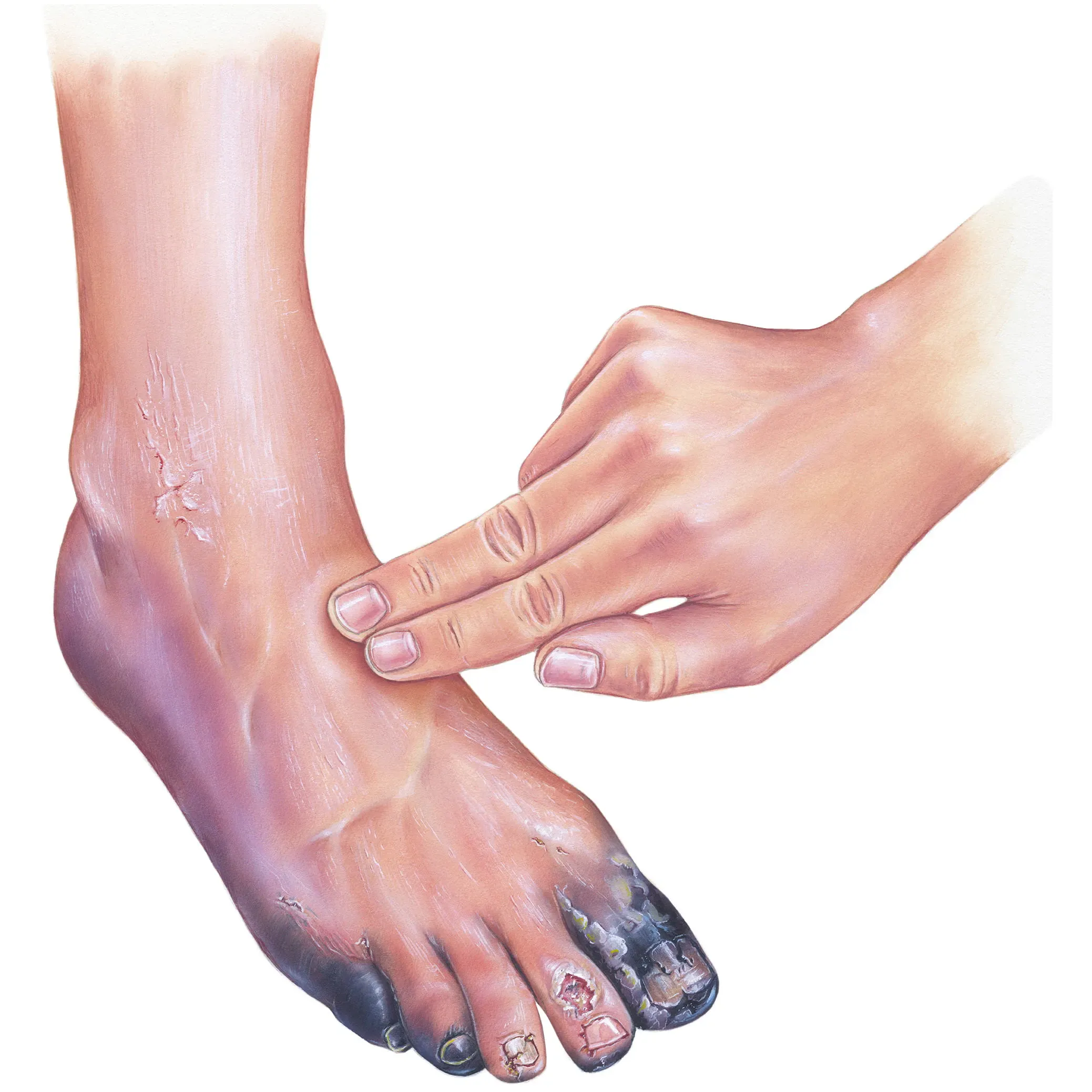Introduction
The extraction of retained third molars is one of the most frequent procedures in common practice in dental offices and maxillofacial surgery. Common complications of the removal of retained third molar are pain, swelling, dysphagia and trismus and relatively frequent infectious complications as alveolitis and surgical wound infection. However, use of an antibiotic prophylaxis in third molar surgical removal remains controversial.
Aim
To compare the use of amoxicillin (1g) vs amoxicillin and clavulanate (875/125mg) after extraction of retained third molars for prevention of infectious complications.
Patients Profile
- N=546 (233 men and 313 women.)
- Age over 18 years old
- no allergy to penicillin or drugs used in this study
- the need for surgical removal of a retained third molar and assent
Methods
- 546 patients attending for removal a retained third molar
- After extraction, patients were assigned and divided into two groups
- Group 1 (n=257)- amoxicillin and clavulanate (875/125mg) every 8 hours for 7 days
- Group 2 (n=289)- amoxicillin (1g) every 8 hours for 7 days
- On the sixth day, all patients were recalled for investigating the possibility of infection, presence of diarrhea and further analgesic intake
- Registered variables were:
- Pus. Patients were asked about the presence of purulent liquid through the wound or severe halitosis.
- Fever above 38°C after the first 48 hours
- Pain and relief of pain with anti-inflammatories and painkillers, which indicated the possibility of clinical diagnosis of alveolitis
- Inflammation persistent over time that does not improve during the week
Results
- Amoxicillin (1g) and amoxicillin/clavulanate (875/125mg) were equally effective in preventing infection after third molar extraction.
- There were no statistical differences between the two groups, the frequency of infection was 1.4%.
- Severe pain that would not relieve with medication was reported in 2.7% of patients.
- Most of the variables studied showed higher frequency in amoxicillin (1g) patients (Group 2), except the presence of fever above 38°C after the first 48 hours and complaint of gastrointestinal upset
|
|
Group 1 |
Group 2 |
p* |
|
Pus (%) |
0.91 |
1.46 |
NS |
|
Fever (%) |
1.46 |
0.73 |
NS |
|
Pain (%) |
0.55 |
2.20 |
<0.05 |
|
Inflammation (%) |
1.46 |
4.76 |
<0.05 |
|
Infection criterion (%) ** |
1.38 |
1.55 |
NS |
|
Trismus (%) |
0.55 |
3.84 |
<0.05 |
|
Gastrointestinal complications (%) |
5.49 |
0.55 |
<0.05 |
|
Ibuprofen pills (mean ± SD) |
4.04 ± 5.6 |
3.44 ± 4.2 |
NS *** |
*: chi-square test
- At least, 3 of 5 previous criterion
- For this variable, the results are done in mean and SD of the number of pill taken (test: t-Student)
Conclusions
- The study demonstrated amoxicillin (1g) and amoxicillin and clavulanate (875/125mg) had similar efficacy in preventing infection after retained third molar extraction
- Amoxicillin and clavulanate (875/125mg) resulted in more significant more gastrointestinal discomfort
Reference
Med Oral Patol Oral Cir Bucal. 2014 Nov 1;19 (6):e612-5.


